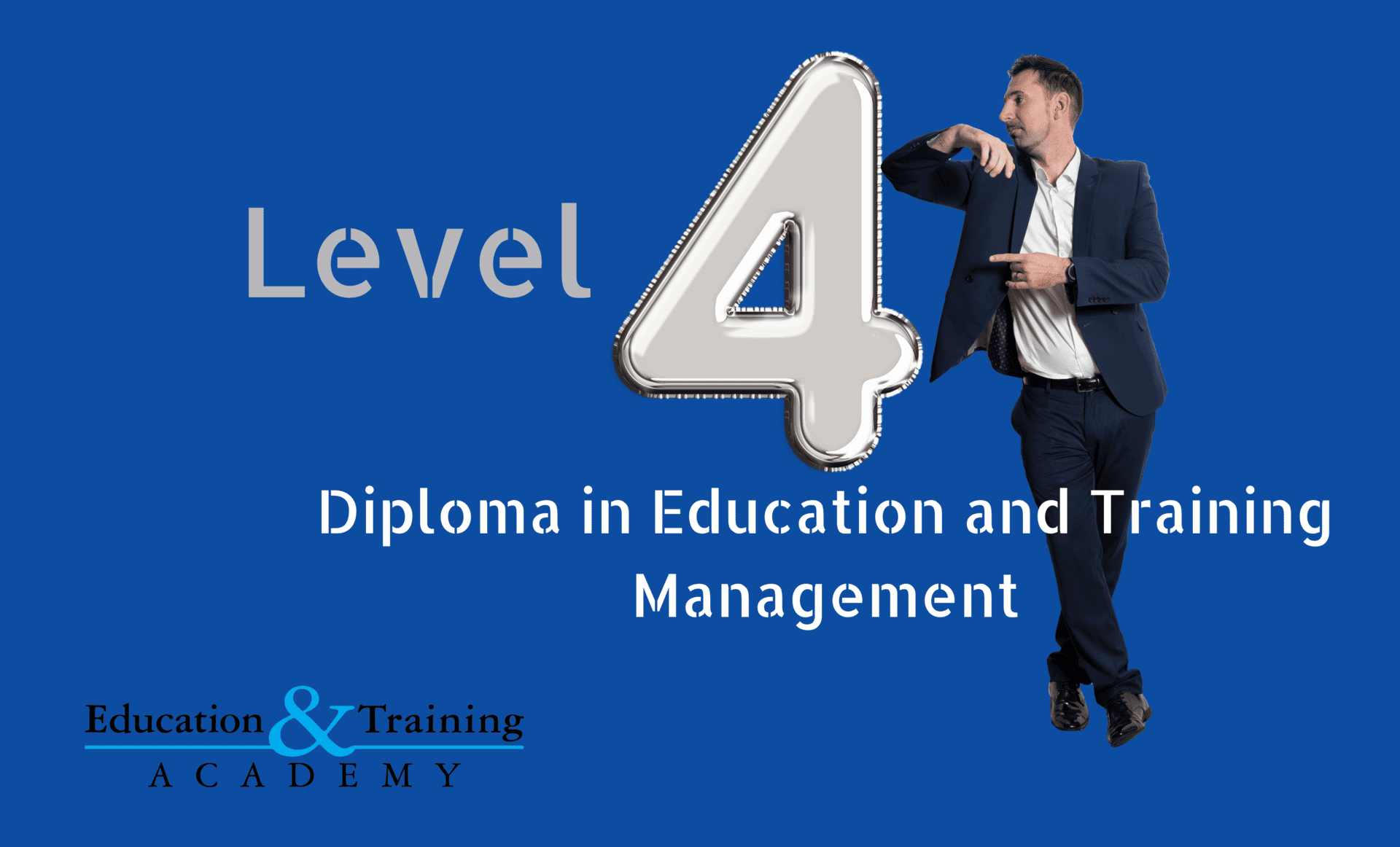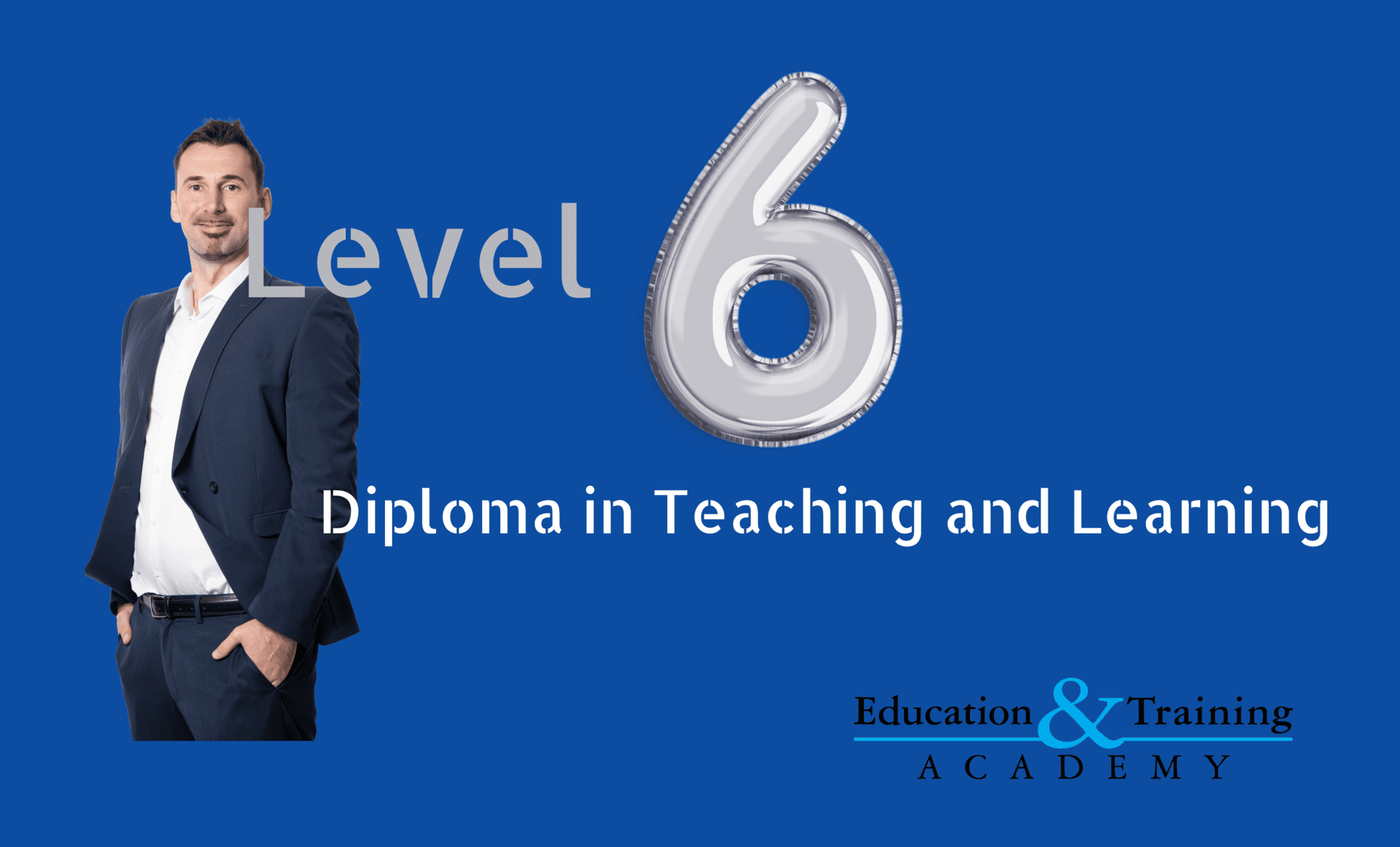
Leveraging Assessment and Evaluation Analysis for Effective Lesson Planning
Educators, particularly those pursuing the Level 4 Diploma in Education and Training Management and the Level 5 Diploma in Teaching (FE and Skills) (DiT), are often faced with the challenge of catering to a wide array of learner needs. Recognising and understanding these needs is not just a part of educational excellence but a foundation for creating inclusive learning environments. This blog delves into the characteristics and requirements of five distinct types of learners, providing insights for educators to enhance their teaching methodologies.
Visual Learners: The Power of Imagery
Visual learners absorb information most effectively when it's presented in a graphical or pictorial form. For those teaching the Level 4 Diploma in Education and Training Management and the Level 5 Diploma in Teaching (FE and Skills) (DiT), integrating diagrams, charts, videos, and written notes into the curriculum can significantly enhance the learning experience for these individuals. Visual aids not only support comprehension but also aid in the retention of information, making them indispensable tools in educational delivery.
Auditory Learners: The Rhythm of Words
Auditory learners thrive in environments where listening is key. This learning style, pertinent to the delivery of the Level 4 and Level 5 Diplomas, suggests a preference for traditional lectures, discussions, and oral presentations. Encouraging participation in debates and utilising storytelling techniques can greatly benefit auditory learners, making the learning process both engaging and effective.
Kinaesthetic Learners: Movement and Engagement
Kinaesthetic learners excel through hands-on experiences and physical activities. In the context of the Level 4 Diploma in Education and Training Management and the Level 5 Diploma in Teaching (FE and Skills) (DiT), incorporating practical exercises, simulations, and real-world applications into the teaching plan is crucial. These learners benefit from being actively engaged with the material, which enhances their learning outcomes and satisfaction.
Reading/Writing Learners: The Written Word
For reading/writing learners, engagement with text is paramount. This preference highlights the importance of reading materials, essays, and written assignments in the curriculum of the Level 4 and Level 5 Diplomas. Providing ample opportunities for these learners to engage with written content allows them to thrive, showcasing their strengths in reading comprehension and written communication.
Balancing Personalities: Introverts and Extroverts
The personality of learners, ranging from introverted to extroverted, impacts their preferred learning environments and methods. Creating a balanced learning environment that offers reflective activities for introverts and collaborative, discussion-based tasks for extroverts is key in the Level 4 and Level 5 Diploma courses. This approach ensures that all students, regardless of their personality type, find meaningful and comfortable ways to participate and learn.
Conclusion
Addressing the diverse needs of learners is a complex, yet rewarding task for educators, especially those involved in the Level 4 Diploma in Education and Training Management and the Level 5 Diploma in Teaching (FE and Skills) (DiT). By understanding and integrating the preferences of visual, auditory, kinaesthetic, and reading/writing learners, as well as catering to different personality types, educators can design more effective, inclusive, and engaging learning experiences. This not only enhances the educational journey for students but also prepares educators to meet the challenges of a diverse classroom with confidence and creativity. Through this tailored approach, we can foster an educational environment that respects and values the unique qualities of each learner, paving the way for their success and growth.


